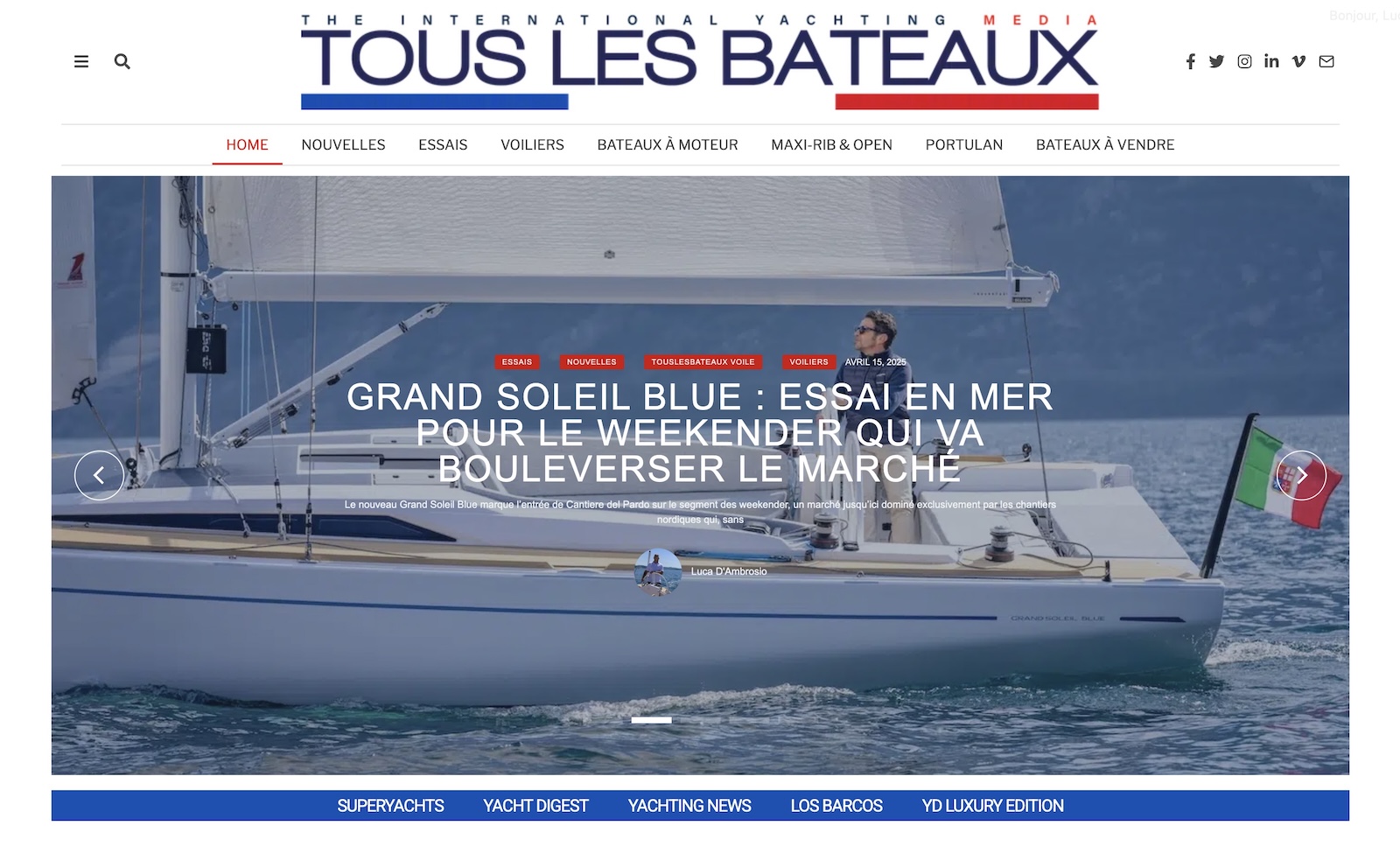The lab-boat of Boatandboats.com, the Comet 460 Daydreamer, has undergone any kind of preparation and installation in our test centre, the Alpha Shipyard in the Marina di Varazze, before sailing off for a long cruise of tests.
Of course, the annual date with hull cleaning and antifouling has been inevitable.They, too, will be subject to a specific test. The hull, in fact, will be observed and photographed after some weeks of navigation and then at the end of the season in order to check the real efficiency of the antifouling paint and the actions of the sea on the different points of the hull, shaft and propeller.
Once our hull has been hauled and washed, we have taken the opportunity to document all the stages in the preparation and application of antifouling paint,a Boero Magellan 630.
It’s a copper-free self-polishing antifouling paint. We chose it because it’s a very innovative product using SPC (Self- Polishing Copolymer) technology. In particular, we want to test its efficiency against the most aggressive fouling which should optimize fuel consumption. Furthermore, it contains no tin or copper and can be applied on all surfaces, including aluminium. It performs both in freshwater and saltwater and is suitable for motorboats reaching up to 35 knots. In short, it promises great performances.
Meantime, we’ve observed and documented the work of Valerio Silvagno, the technician who antifouled our boat.
The first stage is washing. The hull must be carefully cleaned in order to remove any existing fouling, hoping that the situation is not so critical as that showed in the picture above.
Small areas or loose or flaking antifoul can be removed with a paint scraper or some sandpaper. However, if
many layers of antifoul have been allowed to build up and large areas have poorly adhered to the hull, it makes sense to strip the hull back to a sound surface.
Once the hull is perfectly clean, a masking tape must be applied along the whole waterline perimeter in order to avoid smears.
That’s the moment to proceed with priming. We use a Boero Orion primer, especially formulated to obtain excellent adhesion to difficult surfaces, such as propellers and shafts.
Primer must be applied by hand and let to dry for 24 hours.
When it is dry, we can apply the first coat of antifouling paint, preferably without diluting the product. Paint thinner can be adopted only in case of low temperatures.
In this stage, it’s important to choose high-quality tools. Today, brushes have been completely abandoned in favour of small-medium pile rollers. Once the first coat is applied, we have to wait 24 hours before applying a second one.
Propeller shaft and blades require specific products. In particular, we’ve applied a Boero Orion Extra paint with a brush considering the particular shapes of the surfaces we had to treat.
It’s an insoluble matrix antifouling specific for protecting propellers, steel shafts and aluminium outdrives from marine fouling.
At this point, it takes other 24-48 hours before putting the boat in water.
Our Daydreamer is now ready to sail off for her first tests, including that of Boero antifouling paint. A first analysis of hull conditions will be 



























